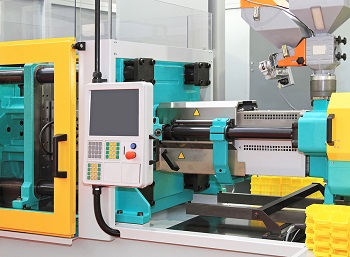IMARC Group, a leading market research company, has recently releases report titled “Ambulatory Blood Pressure Monitoring Devices Market: Global Industry Trends, Share, Size, Growth, Opportunity and Forecast 2023-2028.” The study provides a detailed analysis of the industry, including the global ambulatory blood pressure monitoring devices market growth, share, size, trends, and forecasts. The report also includes competitor and regional analysis and highlights the latest advancements in the market.
Industry Overview of Ambulatory Blood Pressure Monitoring Devices Market
Ambulatory blood pressure monitoring devices are medical equipment designed to monitor blood pressure continuously and automatically. They are compact and portable devices that provide a comprehensive and accurate picture of blood pressure patterns and help overcome the limitations of single measurements in a clinical setting. They are primarily used to diagnose and manage hypertension and aid in preventing serious cardiovascular events. They are also employed in clinical research and trials, broadening the understanding of blood pressure dynamics and their role in various health conditions.
How Big Is the Ambulatory Blood Pressure Monitoring Devices Market?
The global ambulatory blood pressure monitoring devices market size reached US$ 140.7 Million in 2022. Looking forward, IMARC Group expects the market to reach US$ 212.8 Million by 2028, exhibiting a growth rate (CAGR) of 7.40% during 2023-2028.
What Are the Growth Prospects and Trends in The Ambulatory Blood Pressure Monitoring Devices Industry?
The rising prevalence of hypertension among individuals due to sedentary lifestyles, poor dietary habits, and stress represents one of the key factors catalyzing the demand for ambulatory blood pressure monitoring devices. Additionally, the rise in the aging population, who are highly susceptible to developing hypertension and cardiovascular diseases, is contributing to market growth. Apart from this, the increasing awareness about the benefits of early diagnosis and regular monitoring of blood pressure for maintaining overall health is offering a favorable market outlook. Moreover, the advent of smart, connected devices compatible with digital health platforms is attracting a wider consumer base. Furthermore, the expansion of healthcare coverage and investment in healthcare infrastructure around the world is leading to greater access to medical devices, including ambulatory blood pressure monitors. Besides this, the collaboration of tech companies with healthcare providers and medical device companies is propelling market growth. This collaboration leads to the integration of artificial intelligence (AI) and machine learning (ML) technologies into these devices, which help provide more accurate readings, predictive analytics, and real-time alerts.
What is included in market segmentation?
The report provides detailed segmentation of the global ambulatory blood pressure monitoring devices market based on based on product, end user and region.
Product Type Insights:
- Wrist ABPM Devices
- Arm ABPM Devices
End User Insights:
- Hospitals
- Ambulatory surgical Centers (ASCs)
- Others
Regional Insights:
- North America
- United States
- Canada
- Europe
- Germany
- France
- United Kingdom
- Italy
- Spain
- Others
- Asia Pacific
- China
- Japan
- India
- South Korea
- Australia
- Indonesia
- Others
- Latin America
- Brazil
- Mexico
- Others
- Middle East and Africa
The report provides a comprehensive analysis of the industry key players listed below:
BOSCH + SOHN GmbH u. Co. KG, BPL Medical Technologies Private Limited (BPL Group), Contec Medical Systems Co. Ltd, Daray Ltd., GE HealthCare, Halma PLC, Microlife Corporation (Midas Company Limited), Schiller AG, Spacelabs Healthcare Inc. (OSI Systems Inc.), Vaso Corporation, Welch Allyn Inc. (Hill-Rpm Holdings Inc.).



